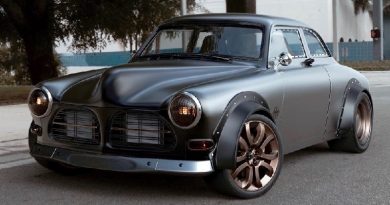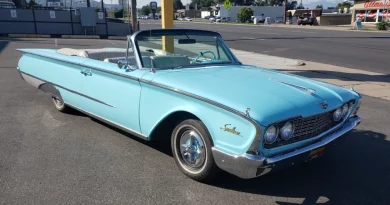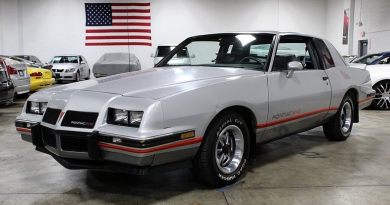1963 Pontiac Grand Prix
The Grand Prix appeared in the Pontiac line in 1962. It was essentially a standard Pontiac Catalina coupe with minimal outside chrome trim and sportier trim (bucket seats and a center console) inside. The performance-minded John De Lorean, head of Advanced Engineering at Pontiac, contributed greatly to the development of both the Grand Prix and the GTO. Early models had full access to the Pontiac performance option list, including the factory-race Super Duty 421 powertrain installed in a handful of 1962 and 1963 cars.
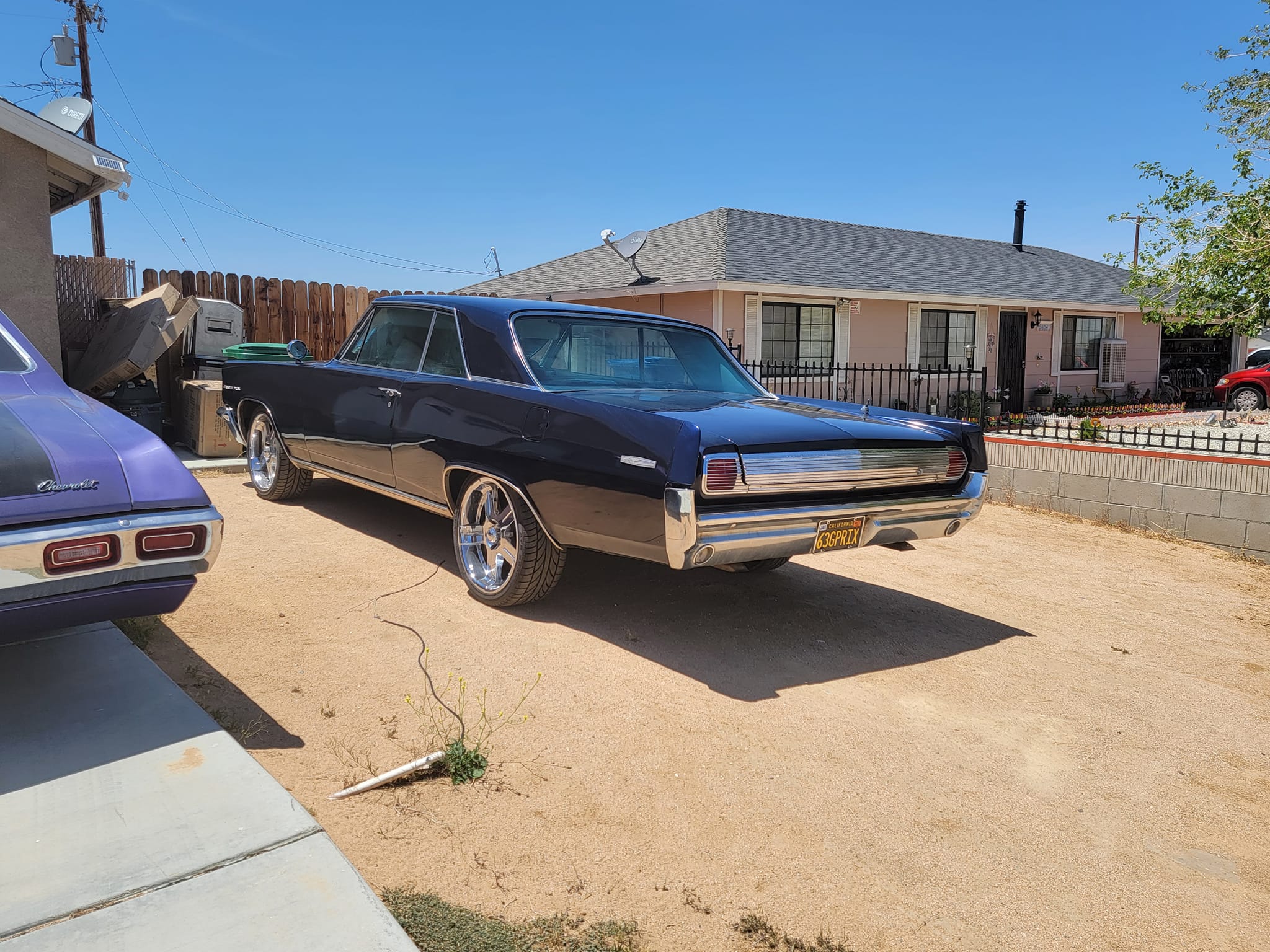
The full-size Catalina-based Grand Prix did very well through the 1960s, and is often credited with the move towards minimal exterior trim seen in the 1960s. Yet its clear resemblance to the other full-size Pontiacs caused some to consider it a lesser model than the other personal luxury cars. At the same time, the Grand Prix had a much stronger performance image than its competitors.
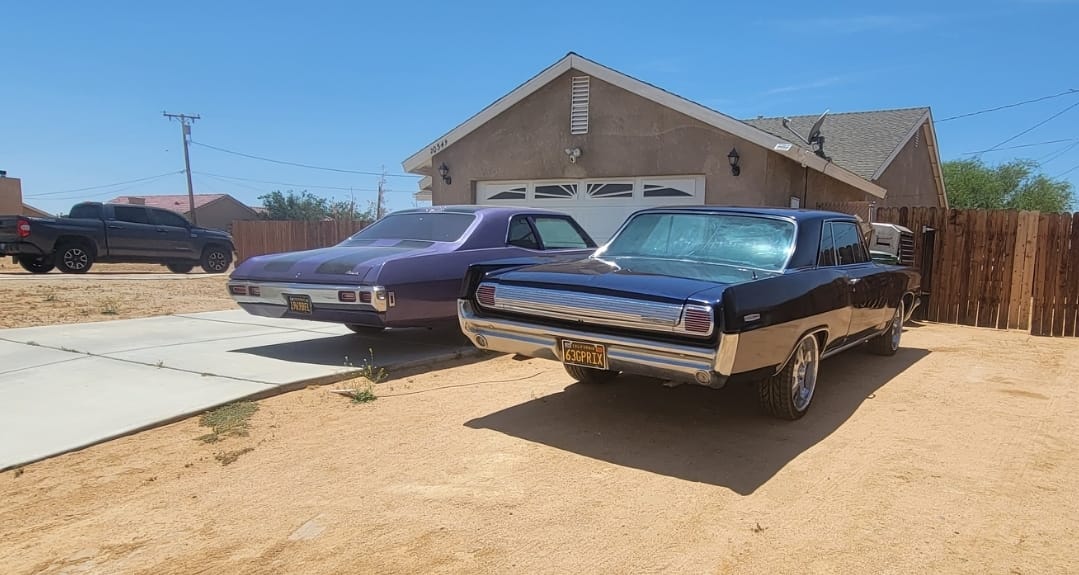
For 1963, the Grand Prix received revised sheetmetal shared with other full-size Pontiacs, but with its own squared-off roofline with a concave rear window that contrasted with the convertible-like roofline of the 1962 Grand Prix and continued on the 1963 to 1964 Catalina and Bonneville. Other distinctive styling cues found on Grand Prixs of this era included “hidden” taillight lenses and exclusive grillework up front. Inside, Grand Prixs had luxurious interiors featuring all-vinyl bucket seats separated by a center console with a floor shifter, storage compartment, courtesy light and optional tachometer or vacuum gauge. Starting in 1965, the Grand Prix was offered with a no-cost option bench seat with folding armrest as an alternative to the bucket seats and console.

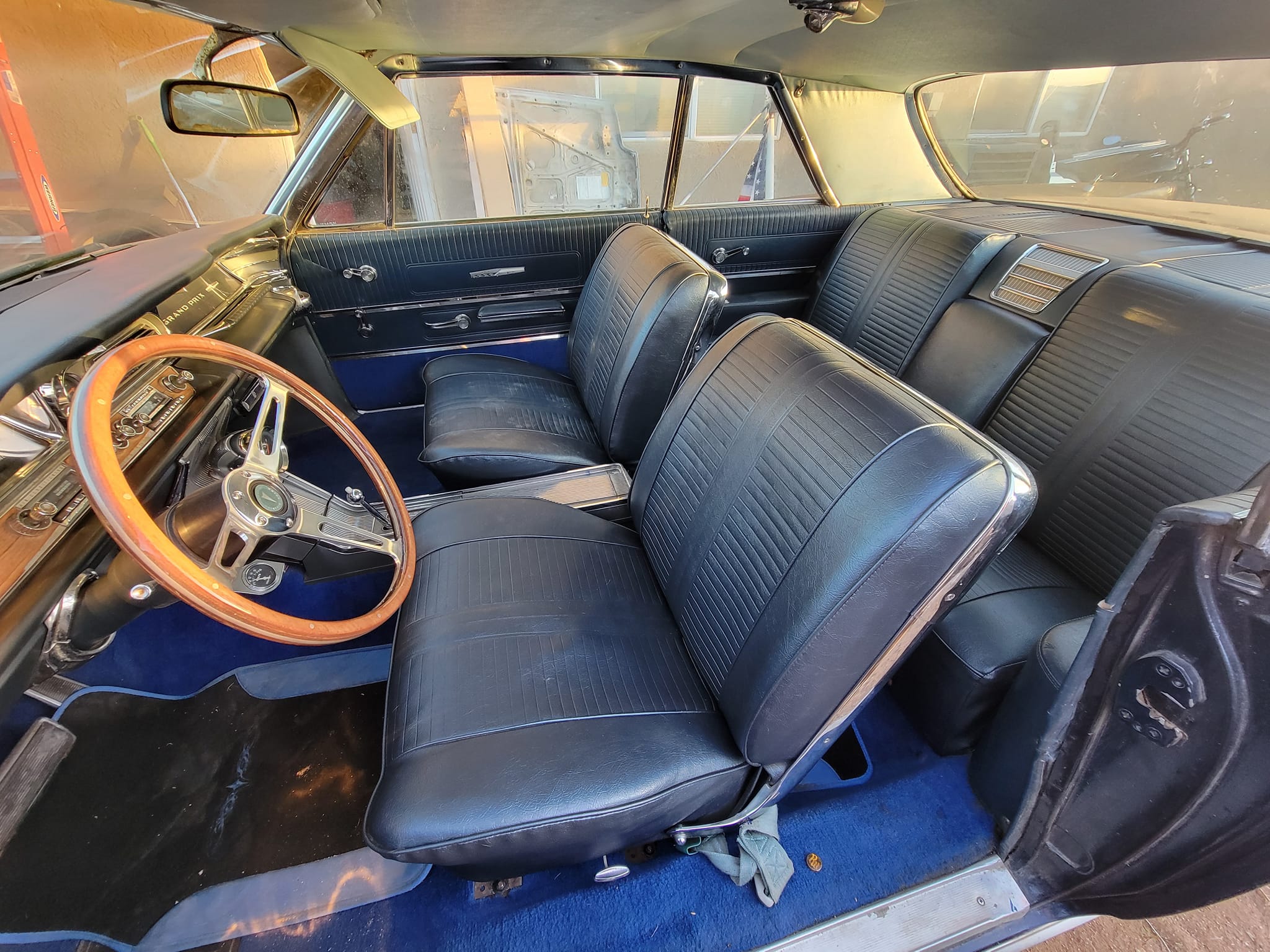
Standard engines included a 303 hp 389 in³ V8 with four-barrel carburetor and dual exhausts from 1962 to 1964 and a 325 hp version of same engine from 1965 to 1966. Optional engines included higher output four-barrel and Tri Power versions of the 389 and larger 421 in³ V8s with up to 376 hp. In 1967, the 389 was replaced by a 400 in³ V8 rated at 350 hp as the base engine while the larger 421 was replaced by a 428 in³ V8 with up to 390 hp.

Of course, no car is perfect and neither was the ’63 GP. Suspension remained a bit soft, the Hydra-Matic was still plagued by excess slippage, the console-mounted vacuum gauge (replacing the ’62 tach) was so hard to see as to be virtually useless, and a new “Cordova” vinyl roof covering was a questionable. But heavy-duty suspension was optional, too, along with Pontiac’s handsome multi-spoke aluminum wheels, and the performance and styling were all anyone could want. As a result, nearly 250 percent more buyers wanted Grand Prix in ’63, a high-water mark that wouldn’t be duplicated for another six years.
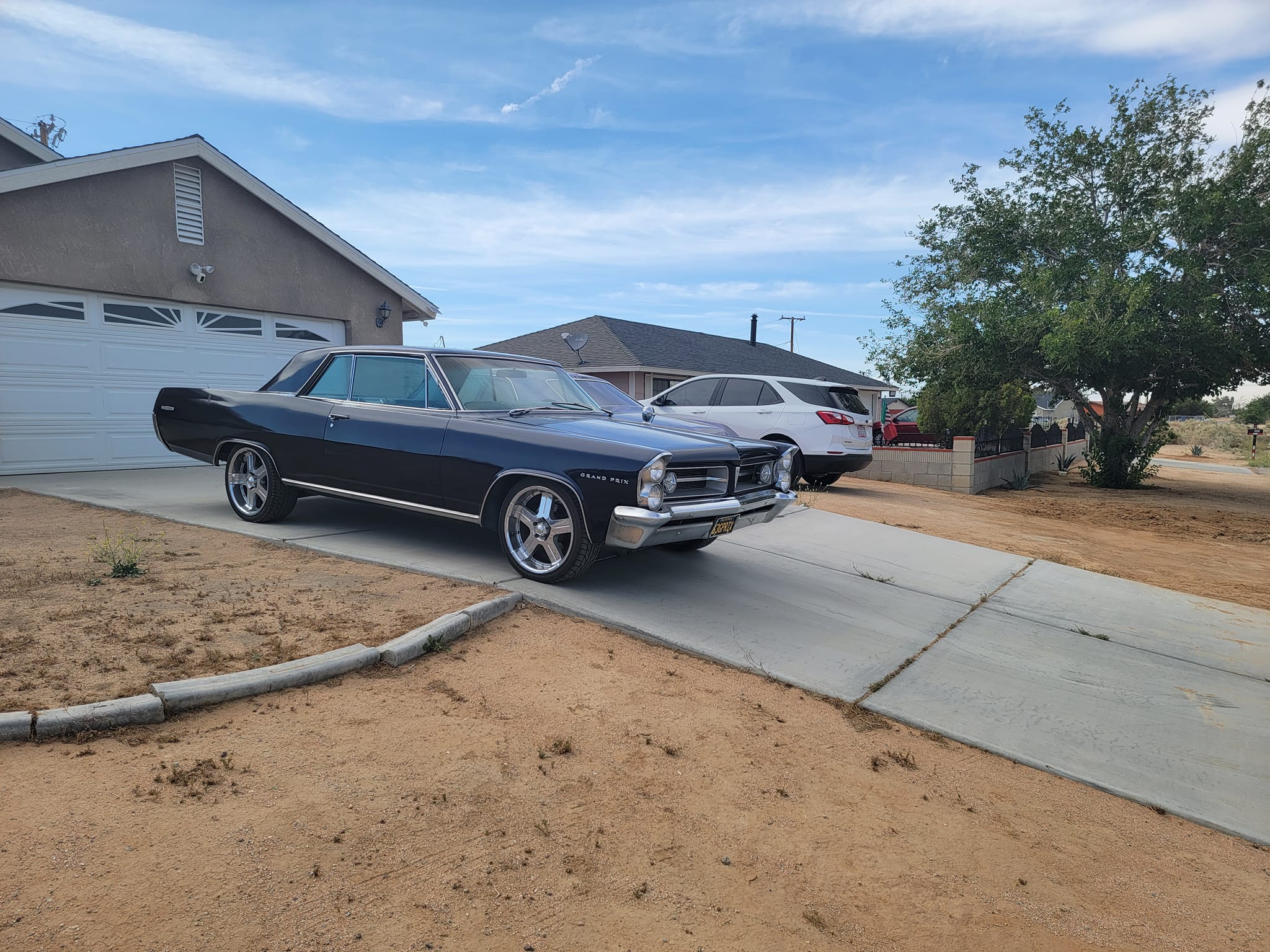
But this winning design wouldn’t last long. The ’64 was basically the ’63 with a modest facelift and minor mechanical upgrades. After that, all full-size Pontiacs swelled to hippy, heroic new proportions. Not until 1969 would Grand Prix again offer the sort of manageable sports-luxury it had in the beginning, which explains why the 1962-64 models are now so coveted as collector cars. They were, and are, some of Pontiac’s best.


